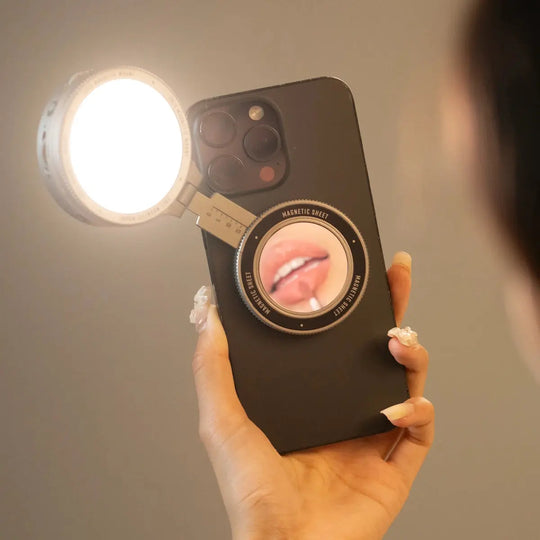Unlock Your Creative Potential: The Ultimate LED Light Guide for Content Creators!
Lighting plays a pivotal role in content creation, especially in photography and video production. Proper lighting can transform an ordinary scene into a visually captivating masterpiece, enhancing both creativity and professionalism. Many content creators, from vloggers to photographers, understand that without the right lighting, even the best equipment cannot deliver stunning results. In this context, LED lights for content creators emerge as a versatile and efficient lighting solution. They offer a range of benefits that make them a go-to choice for creators looking to elevate their content quality. With their energy efficiency, longevity, and adaptability, LED lights can cater to diverse lighting needs, making them a smart investment for anyone serious about their craft.

Understanding LED Lights
LED lights, or Light Emitting Diodes, are a modern lighting technology that has revolutionized the way we illuminate our environments. One of the primary advantages of LED lights over traditional incandescent and fluorescent lights is their energy efficiency. They consume significantly less power while providing the same, if not better, brightness. Additionally, LED lights have a longer lifespan, often lasting up to 25,000 hours or more, which reduces the need for frequent replacements. This longevity translates to cost savings over time, making them an economically wise choice for content creators. Moreover, LEDs are incredibly versatile; they come in various sizes and shapes, allowing creators to use them in countless setups. Whether you need a soft, diffused light for portrait photography or a bright, focused beam for product videos, LED lights can accommodate your needs, making them a popular choice among content creators.
Types of LED Lights for Content Creators
When it comes to content creation, different types of LED lights cater to various needs. Softboxes, for instance, are essential for achieving soft, diffused lighting that minimizes harsh shadows, making them ideal for portrait photography and product shots. Ring lights, on the other hand, are favored by beauty vloggers and makeup artists, as they provide even lighting that reduces blemishes and highlights features. Panel lights are another versatile option, known for their slim design and adjustable color temperatures, making them suitable for both video production and photography. Each type of LED light has unique features tailored to specific use cases, which can enhance the overall quality of your content. Choosing the right type of LED light can significantly influence the visual appeal of your work, so understanding these options is crucial for any aspiring creator.
Key Features to Look for in LED Lights
When selecting LED lights, content creators should consider several key features to ensure they meet their specific needs. Color temperature is one of the most critical aspects; lights typically range from warm to cool tones, influencing the mood of your content. Brightness levels are also essential; adjustable brightness allows for greater control over the lighting intensity, which is particularly useful in varying environments. Portability is another factor, especially for creators who frequently shoot on location. Compact and lightweight lights can make a significant difference when transporting equipment. Lastly, adjustability is vital; having flexible mounting options and the ability to modify the direction of the light can help you achieve the desired effect. Taking the time to assess these features will empower creators to select LED lights that best align with their artistic vision.
Setting Up Your LED Lighting
Setting up LED lights effectively can make a world of difference in the quality of your content. For vlogs, positioning the light slightly in front and above the subject can create a flattering and engaging look. Tutorials often benefit from a three-point lighting setup, which includes a key light, fill light, and backlight, creating depth and dimension. For live streams, consider using a ring light placed directly in front of the camera to ensure even illumination, reducing shadows and enhancing facial features. Experimenting with angles and distances can also yield different results; moving the light closer can create a softer look, while increasing the distance can produce a more dramatic effect. Additionally, using light modifiers such as softboxes or diffusers can help soften the light and reduce harsh shadows, providing a professional finish to your content. Mastering the art of LED lighting setup can significantly elevate your production quality.
Elevating Your Content with LED Lighting
In conclusion, investing in quality LED lights is crucial for anyone looking to enhance their content creation. With their energy efficiency, versatility, and longevity, LED lights can meet the diverse needs of creators, whether for photography, video production, or live streaming. By understanding the different types of LED lights, key features to consider, and effective setup techniques, content creators can unlock their creative potential and produce visually stunning work. Lighting is an essential component of content creation, and with the right tools at your disposal, the possibilities are endless. So, explore and experiment with various lighting setups to truly discover what works best for you and your unique style!








